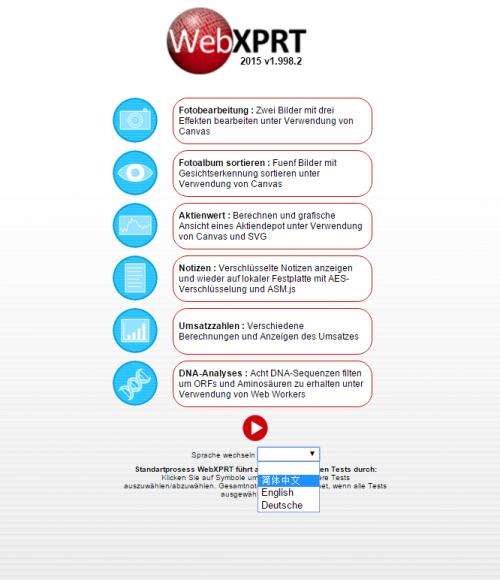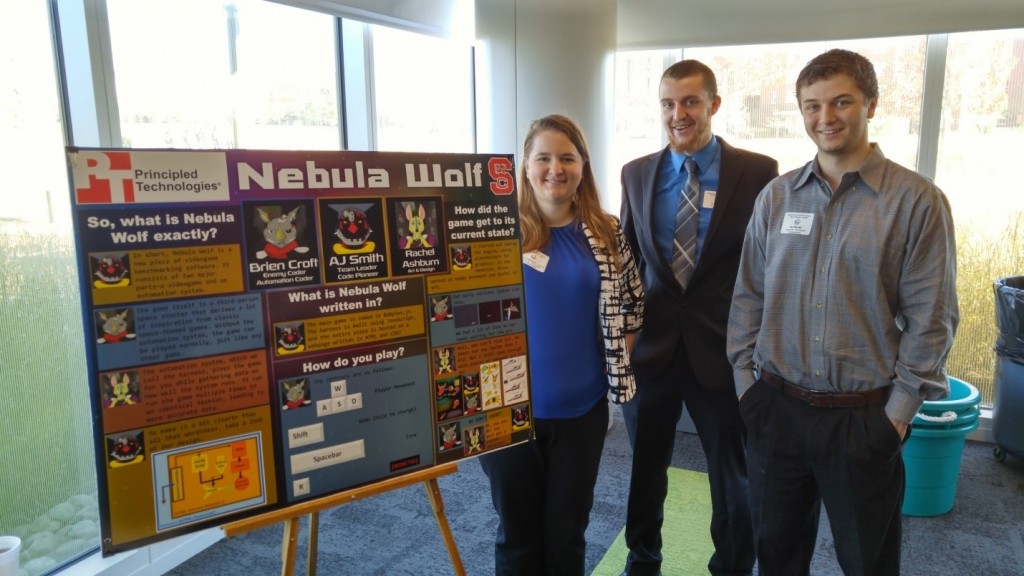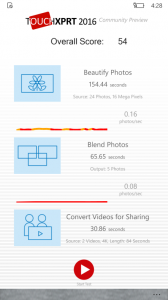A lot of great stuff happened this year! In addition to releasing new versions of the benchmarks, videos, infographics, and white papers, we released our first-ever German UI and sponsored our first student partnership at North Carolina State University. We visited three continents to promote the XPRTs and saw XPRT results published in six of them (we’re still working on Antarctica).
Perhaps most exciting, we reached our fifth anniversary. Users have downloaded or run the XPRTs over 100,000 times.
As great as the year has been, we are sprinting into 2016. Though I can’t talk about them yet, there are some big pieces of news coming soon. Even sooner, I will be at CES next week. If you would like to talk about the XPRTs or the future of benchmarking, let me know and we’ll find a time to meet.
Whatever your holiday traditions are, I hope you are having a great holiday season. Here’s wishing you all the best in 2016!
Eric















